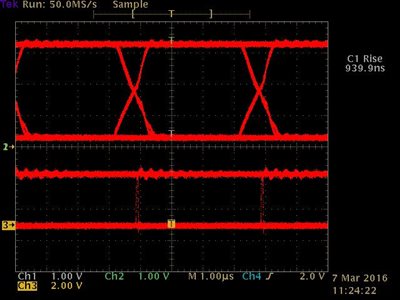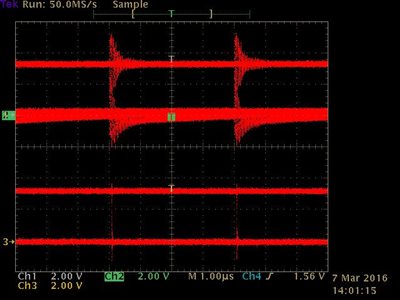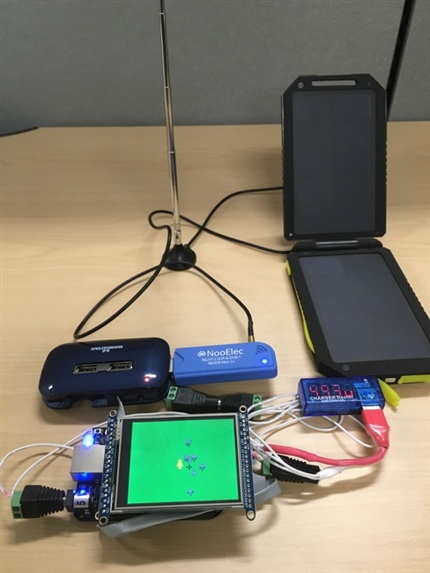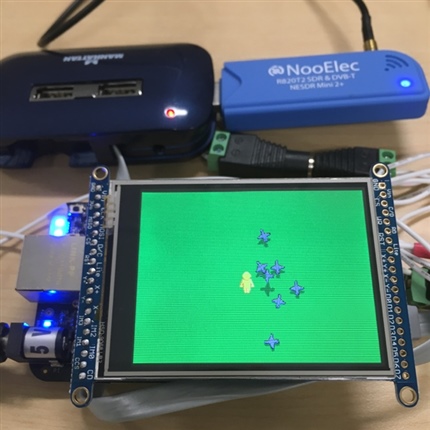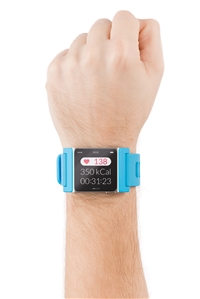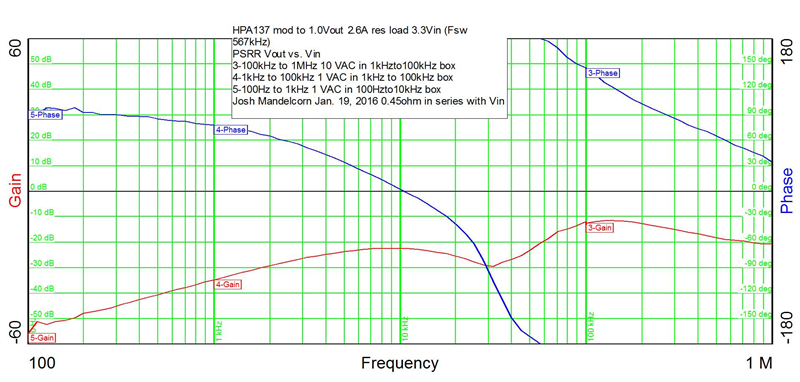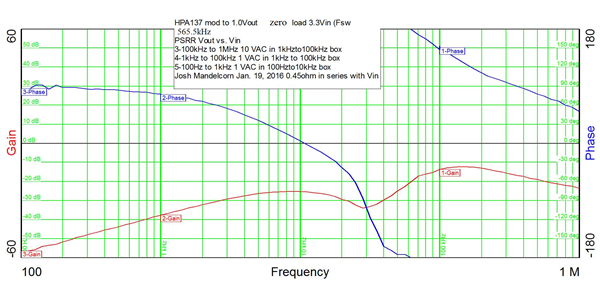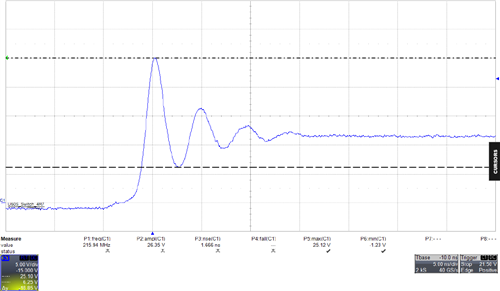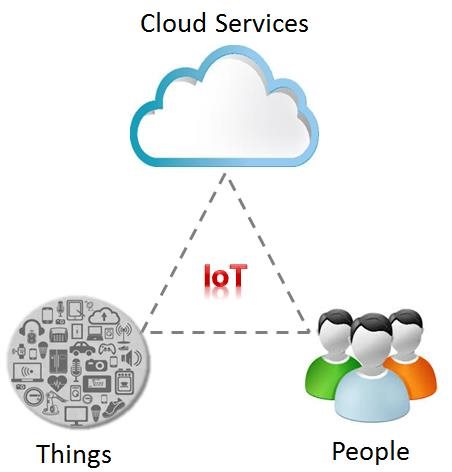The search for distant planets that can sustain life has engrossed NASA, thrilled mankind and fueled many a movie plotline. There’s just something exciting about new planet discoveries – such as the Kepler mission's discovery of 1,284 new planets just last week.
There’s just something exciting about new planet discoveries – such as the Kepler mission's discovery of 1,284 new planets just last week.
Planets are hard to detect directly because they are so much dimmer than the stars they orbit. The ability to detect even the weakest signals is mission-critical for scientists.
We have introduced a chip that signifies a leap forward in finding these signals: a new high-resolution, ultra-fast analog-to-digital converter (ADC), the ADC32RF45.
“We are enabling the next generation of these systems for high-resolution telescopes that can detect signals very far away,” said VC Kumar, product line manager. “These are extremely demanding systems because they are trying to detect a very small signal, determine what kind of signal it is and determine how far away it is. The sources of signals travel millions of light years and take time to get here.
“How you detect a weak signal accurately – that’s what we are enabling.”
We began selling the evaluation module on TI.com this week, and we are working with radio-astronomy customers to enable advancements in their quests, VC said. “It is exciting, and we look forward to the results.”
Discoveries closer to home
Our device is also creating opportunities for closer-to-home discoveries in defense and aerospace, test and measurement and wireless communication systems.
Take radar systems, for example.
“If you have a radar system with this technology and you are aware of a small drone in your air space, you could see the drone sooner and take evasive action. You need a technology that can find something very small in the distance,” VC said. “We can enable customers to identify the sources of these signals quicker and more accurately, so they can react quicker.”
This innovation has several benefits for innovators the world over. For one, it helps them meet their requirements for larger bandwidth in next-generation systems and additionally enables smaller, portable form factors. It enables a direct RF signal conversion and allows engineers to connect with the highest dynamic range and input bandwidth. This means they can access a wider frequency range and get “cleaner data” without worrying about extraneous noise – so they can find the information they are looking for.
A wideband frequency is critical for military defense systems, VC said.
“For a radar system in military communications, you’re trying to monitor frequency bands to see if there is a signal there,” VC said. “With the ADC32RF45, you can sweep through these frequency ranges quickly. The more and faster you can see, the better.”
The device can even help the good guys stay one step ahead of the bad guys, he said.
“The bad guys are getting smarter,” he added. “Because we are able to provide our customers much better data quicker, they can then use their ‘secret sauce’ to build better military applications.”
VC likens a wideband frequency to a sophisticated security system in your home or business.
“You don’t want the cameras to have any blind spots – you need complete line of sight across each room in the entire house,” he said. “It’s the same concept with military communications.”
Sophisticated, yet simple
The data converter offers a simplified direct radio frequency sampling system architecture. In this architecture, the data converter digitizes a large chunk of frequency spectrum directly at the radio frequency and hands it off to a signal processor to dissect the information.
This is a paradigm shift that takes what has traditionally been handled by analog processing (mixers, local oscillators, filters and amplifiers) into the digital domain.
A new class of direct RF-sampling ADCs is being designed in advanced CMOS processes that allow much higher conversion rates with lower power than some previous generations. Combine this with a new serial communications interface, JESD204B, which TI has been in the forefront of defining – and we have a very size- and power-efficient digital interconnect between the data converter and digital processors.
“Traditional systems have many components to make them work. We have greatly simplified this ADC to make it easier to design with these other components,” VC said. “This meets engineers’ requirements for higher integration, better noise performance, wider bandwidth and smaller form factor.”
Size is important to designers, who want more devices packed into a single system so they can be more portable, VC said. Think vehicle and handheld radios for military personnel, satellites, airplanes and military vehicles.
“If we can help make these systems portable, our customers can take them anywhere,” he said, adding: “Our device has asmaller system footprint than any of our competitors’ devices.”
The ADC32RF45 helps reduce the RF footprint by 75 percent, said Joe Venable, a general manager in our High Performance Analog group.
“This allows customers to get to market faster by eliminating the ‘black magic’ tuning of the RF and IF stages,” he said. “Also, the quality of the system will increase with fewer components involved.”
The converter is the industry’s fastest 14-bit ADC and extends our leadership in RF sampling.
“The ADC32RF45 represents a perfect marriage of ultimate bandwidth, lowest noise and highest dynamic range,” Joe said. “Its speed and resolving power is enabling designers to develop new applications, such as high-definition telescopes.”
But the TI team is not resting on its laurels. We are currently sampling a new ADC that can achieve even faster sample rates and bandwidth.
We plan to demonstrate the product next week at the International Microwave Symposium (IMS) in San Francisco, targeting defense and aerospace, wireless communications and test and measurement customers. Look for the device at booth No. 419.

